Kingsand Rocks
The surface structures of rocks have ever fascinated me to the extend that I can spend days on finding new and inspiring rock subjects, adjusting my camera settings and angle and contemplating over the first results coming out of camera, then refining angle, settings and exposure to get the results meet the image that has manifested in my head before and during shooting.
Technically, photographing surfaces can be anything from dead-simple to highly challenging. In this case—photographing rock surfaces—the challenge is not too great, as long as the surface is more or less even. Lens diffraction in every photographic lens can lead to a lack of sharpness if the photograph is taken at a small aperture (high aperture value). Even surfaces can be shot at a relatively medium to wide aperture, which can keep the technical requirements simple and reuslt in an overall high sharpness.
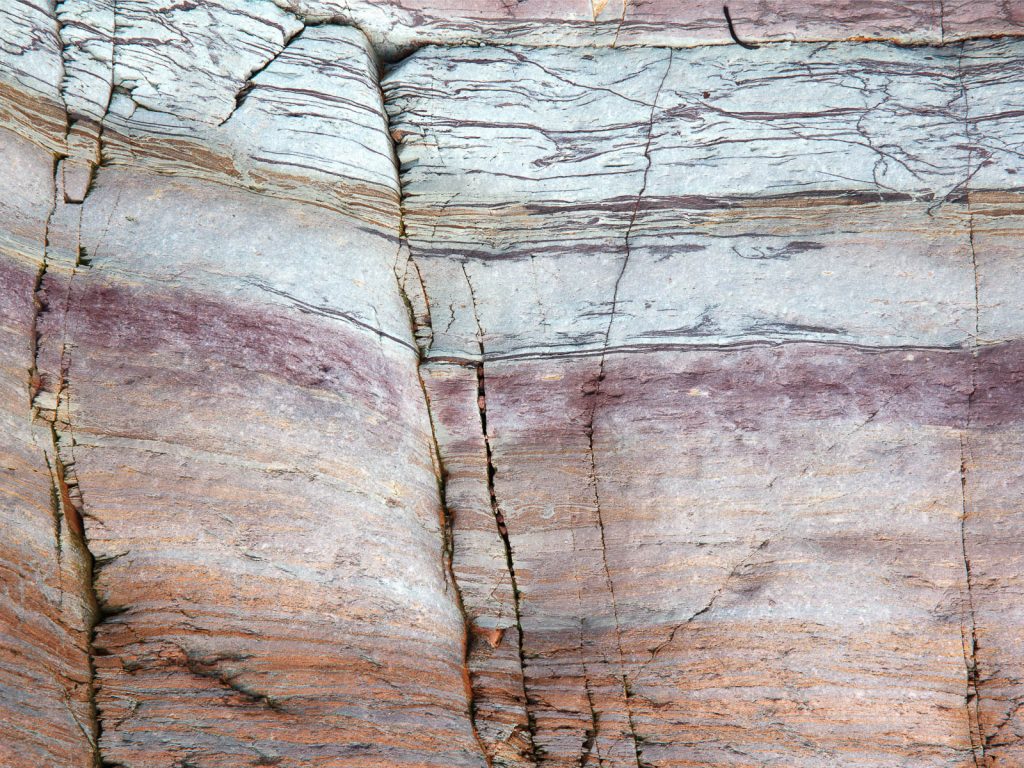
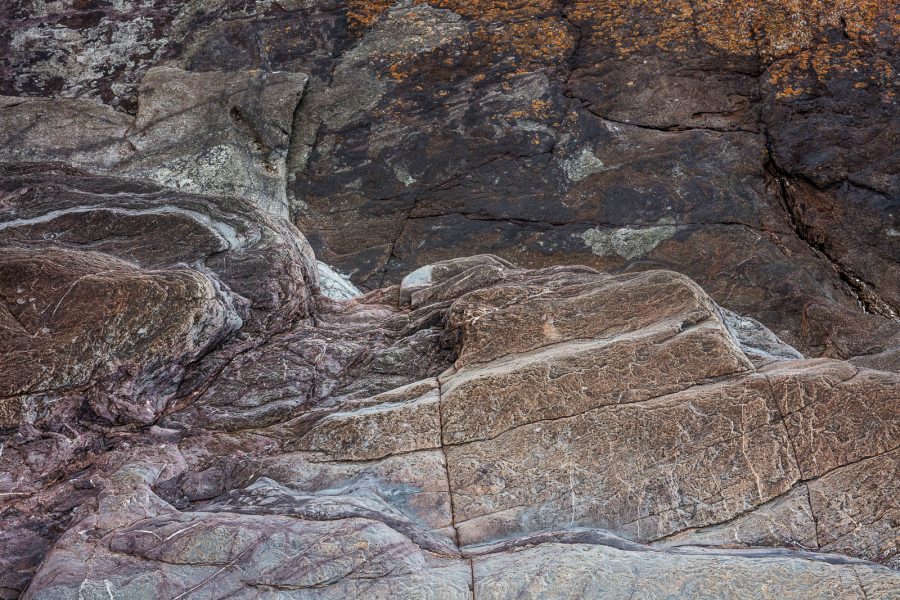
The Challenge
The challenge that structures such as the ones below bring with them is the subtleties of the colours within them which—although indeed captured by the camera if both exposure and file format are chosen well—often have to be ‘recovered’ and turned from latent and obscured into a visual impression visible to the viewer in both print and digital form.
This ‘recovery’ of colours which happens digitally in an image manipulation software works best when the artist has a clear image in his mind of the colours existing in the original object while shooting. As the human brain tends to ‘modify’ and often distorts these images over time, it is best to finalise every photograph as soon and as close to the capture time as possible.
I often do a first color grading right on location to create a temporary digital file that includes most of the information I can see in the object at the time of shooting. This file wil then later serve as a template while the photograph is in its main retouching phase. However, depending on the location this first basic color grading isn’t always possible, as even modern computer and tablet screens are usually glary, and particularly working with colours often simply does not work to a satisfying level while in bright daylight.
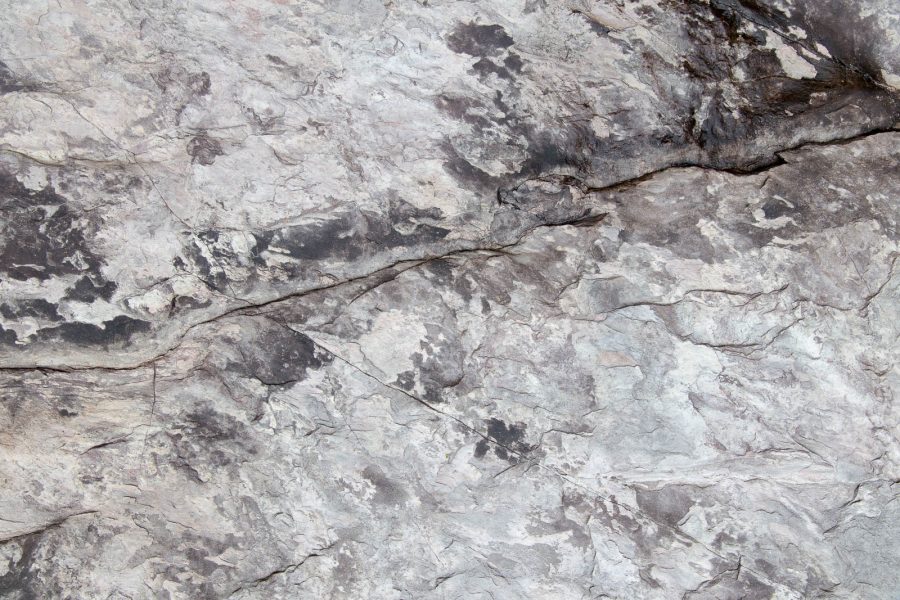
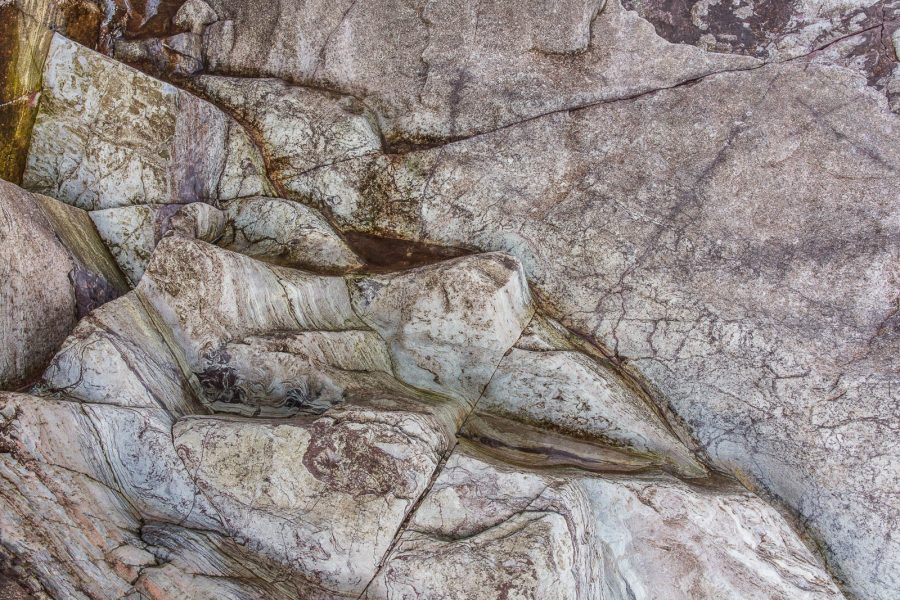
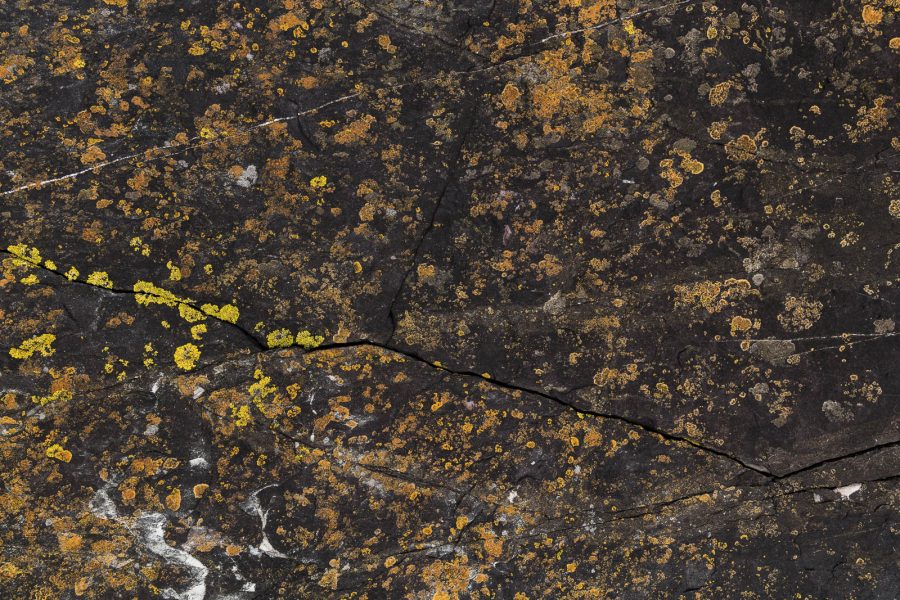
No Comments